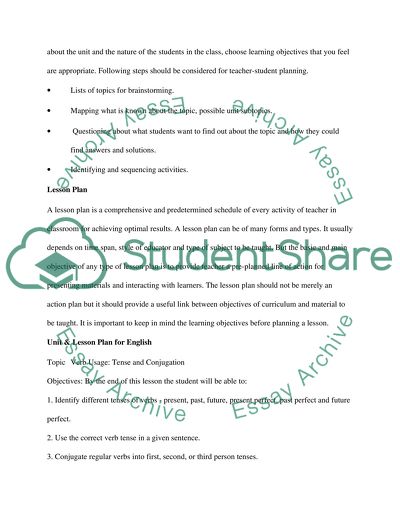Cite this document
(“Planning, assessment and evaluation Essay Example | Topics and Well Written Essays - 2500 words”, n.d.)
Retrieved from https://studentshare.org/miscellaneous/1533242-planning-assessment-and-evaluation
Retrieved from https://studentshare.org/miscellaneous/1533242-planning-assessment-and-evaluation
(Planning, Assessment and Evaluation Essay Example | Topics and Well Written Essays - 2500 Words)
https://studentshare.org/miscellaneous/1533242-planning-assessment-and-evaluation.
https://studentshare.org/miscellaneous/1533242-planning-assessment-and-evaluation.
“Planning, Assessment and Evaluation Essay Example | Topics and Well Written Essays - 2500 Words”, n.d. https://studentshare.org/miscellaneous/1533242-planning-assessment-and-evaluation.


